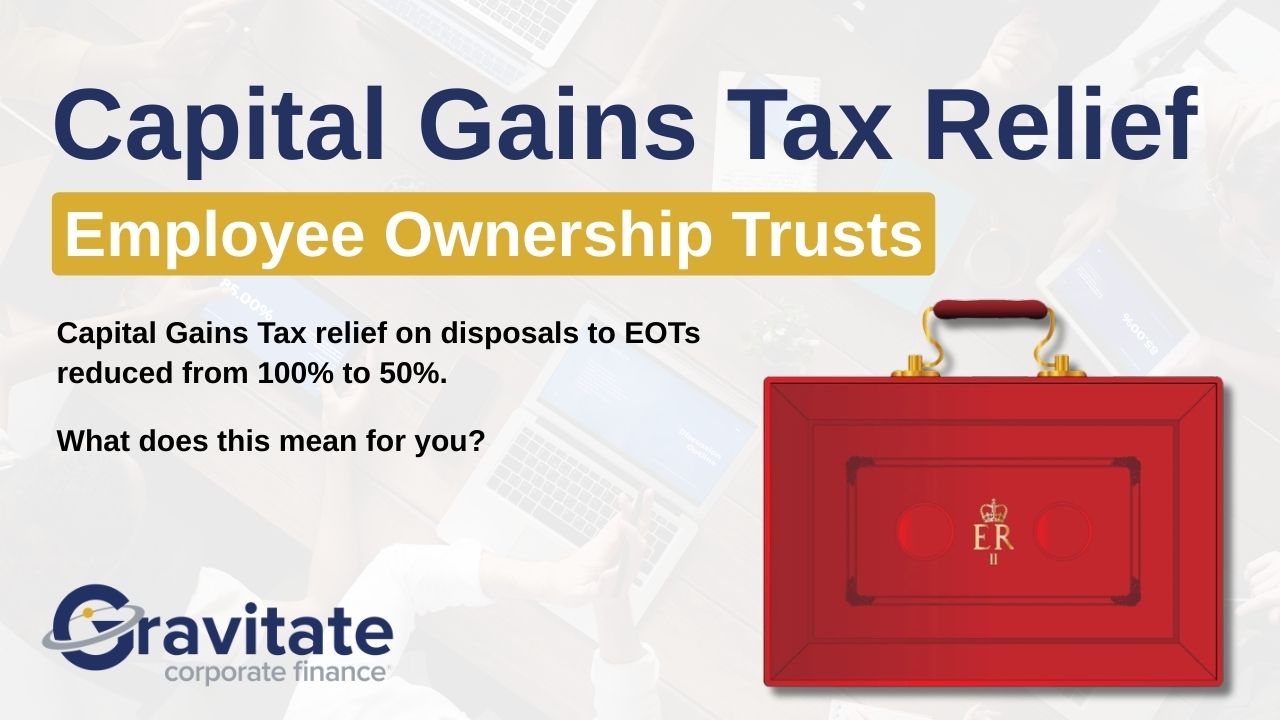The Corporate Finance world is filled with acronyms and phrases that can be daunting for business owners going through important journeys like selling or buying a business. To help give you confidence, we have created a list that includes the key terms you should know and what they mean (in the simplest of explanations possible).
We thought it would be useful to list some key terms client’s should be aware of and what they mean in simple terms;
- The SPA or Share Purchase Agreement is the main legally binding document between a Seller and a Buyer of a business. It sets out the terms of a sale e.g. purchase price, warranties and indemnities.
- The HOT or Heads of Terms is a (primarily) non-legally binding agreement that outlines key terms and conditions of an agreement during a business sale. It is often presented by a Buyer before due diligence is undertaken but sets the groundworks for the SPA.
- LOI or Letter of Intent is exactly the same as HOT (just different terminology).
- EBITDA or Earnings(profits) before interest, taxes, depreciation and amortisation. This is often a key metric used when valuing a business. You will often see terms such as Adjusted EBITDA or Normalised EBITDA which just means the profit as been adjusting in some way to reflect exceptional outputs in trading performance.
- Maintainable EBITDA is calculation of what a business’s ‘maintainable’ profits are. This can be an average of a number of years and is often weighted to a particular year that reflects the true trading performance of a business.
- Enterprise Value in simple terms is often calculated as Maintainable EBITDA x a suitable sector multiple. Enterprise Value is often key metric for establishing a business value which excludes the surplus cash or debt within a business.
- Equity Value is Enterprise Value + net cash (i.e. surplus cash less debt). This is often the total value of a business.
- Normalised Working Capital accounts for seasonal fluctuations or abnormal factors that may distort the financial position of the company. The calculation averages trading the movement in trading debtors and creditors (excluding cash and debt).
- Completion Accounts are accounts that are prepared after the sale of a business to ensure the purchase paid at the date of sale was correct.
- Lock Box Accounts are accounts that are produced, utilised and relied upon as part of a sale of a business. Where a lock box mechanism is used (as opposed to Completion Accounts), it is often accompanied by permitted leakage clauses in the SPA to protect a Buyer.
By understanding these key terms, you'll be better equipped to navigate the world of M&A and make informed decisions. Remember, knowledge is power, so being able to recognise these terms, may help in those early-stage conversations, whether buying or selling a business.
To gain more knowledge within the Corporate Finance world, you can read all of our blogs by clicking here!

.png)


.png)

.png)
.png)

.png)
.png)
.png)













.png)
.png)
.png)

.png)
.png)

.png)















.jpg)

.webp)
.png)

.svg)
